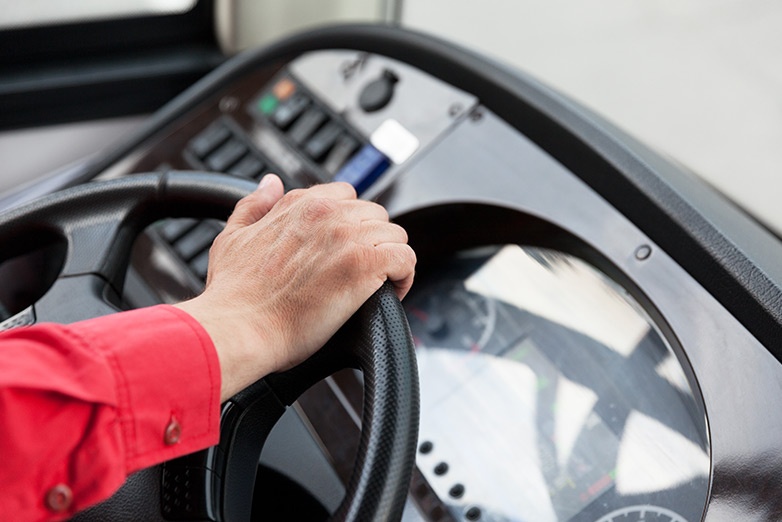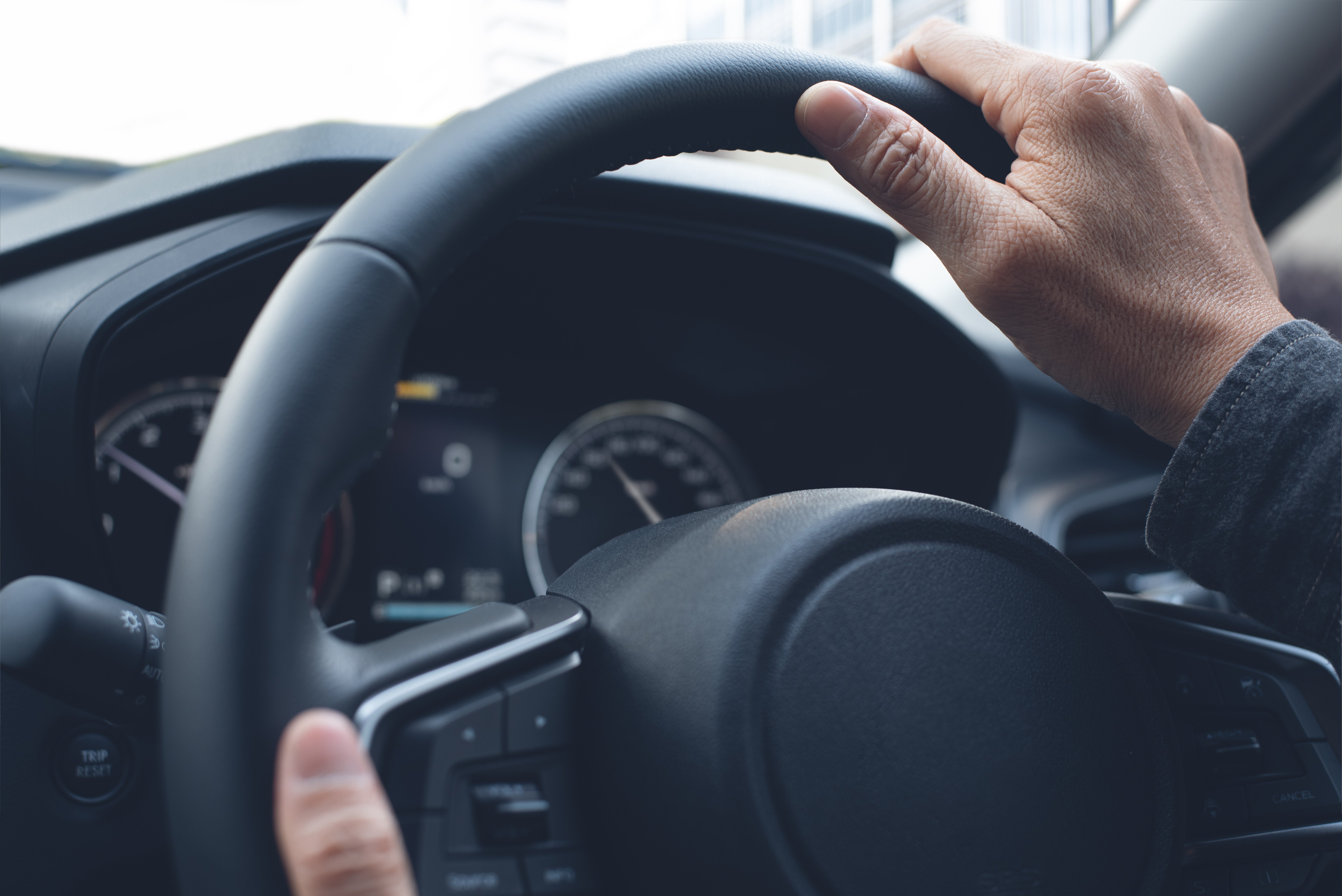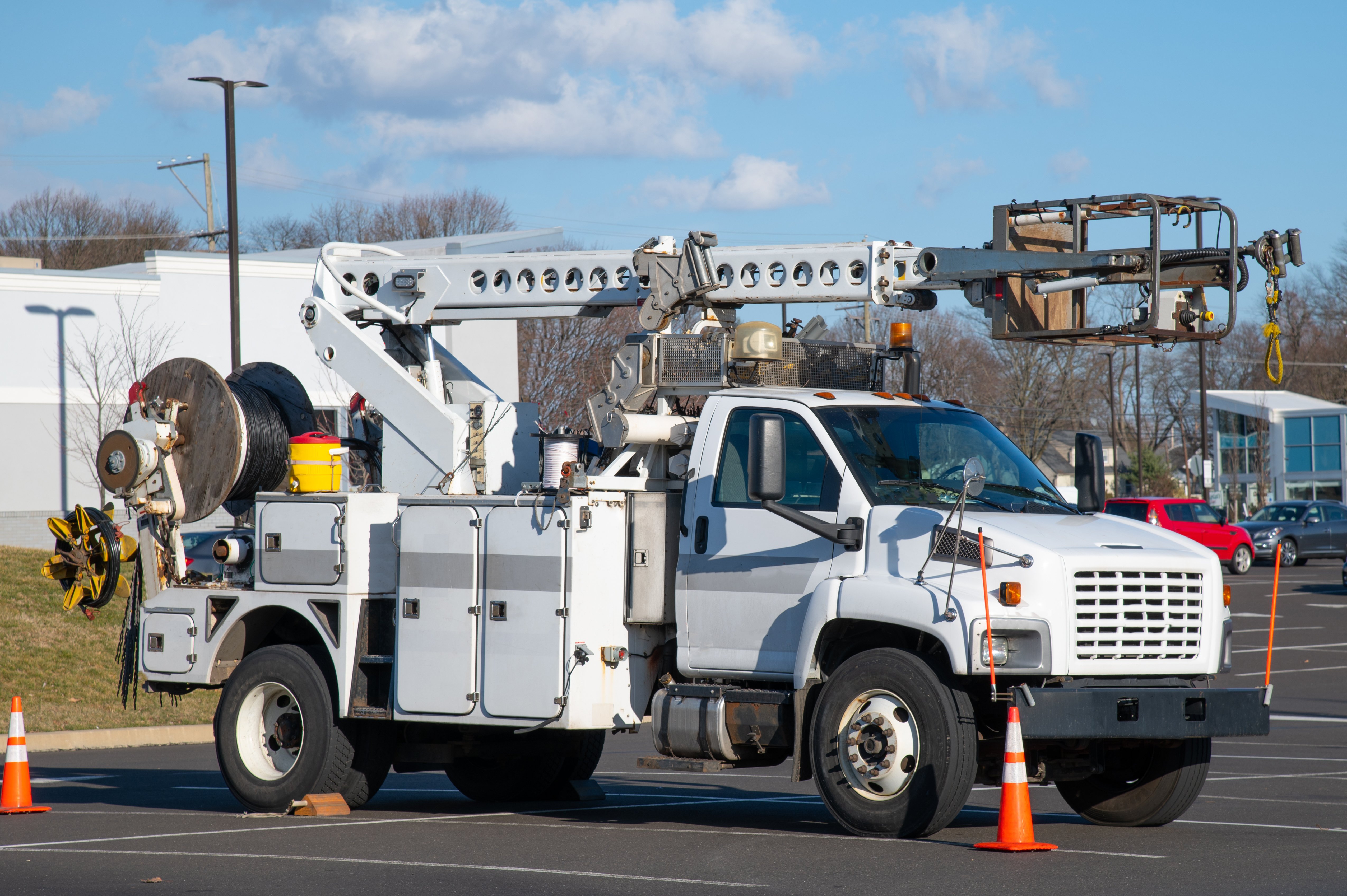
Safety behind the wheel should be top of mind for every driver. However, with more passengers in their vehicles and a greater number of challenges created by the size and nature of their vehicles, bus drivers have a tremendous responsibility when it comes to safe driving.
As roads become more congested and drivers become more distracted, bus drivers today must learn how to safely manage passengers, navigate traffic and monitor changing weather conditions as part of a day’s work.
In addition, bus drivers have to deal with the physical and mental demands that accompany alert driving practices.
Since 2009, according to the Federal Motor Carrier Safety Administration, crashes of buses and large trucks have increased by 29%. From 2015 to 2016 — the last year statistics were available — fatal crashes involving large trucks or buses went up 6%.
It’s not just fatalities that are on the rise; the injuries associated with crashes are going up, too. Since 2009, injuries from large truck and bus crashes have jumped a whopping 62%, and in 2016 these vehicles were involved in an estimated 119,000 injury crashes.
Of the crashes, 40% involved school buses, 34% involved transit buses and 13% were comprised by intercity buses.
With injuries and fatalities on the rise, it’s important that bus drivers learn the best safety precautions to help make each day less dangerous for themselves, as well as for their passengers, pedestrians and other drivers on the road. Let’s look at some of the things drivers can do to make each trip safer.
School Bus Safety Starts In the Driver’s Seat
Every school bus driver begins their day by checking to make sure their bus is in good mechanical condition, and they usually have a company safety checklist to follow. But drivers may overlook a safety component that is every bit as crucial as things like brakes and turn signals — their own personal well-being.
Before getting behind the wheel, every driver needs to make sure they’re starting their day feeling well-rested and healthy. This means that drivers should plan for safety the night before, making sure that they’re getting enough sleep, eating properly and avoiding alcohol and medications that could impair their sleep or cause them to feel sluggish or drowsy the next days.
Safe driving depends on staying alert and focused, and that begins with drivers practicing good self-care both on and off the job.
Safety Behind the Wheel
A 2012 study in the Journal of Safety Research found that collision severity increases with certain factors, including the age of the driver, speed and inattentive or risky driver behavior. Crashes that occurred at intersections were also more serious.
The study found that younger, inexperienced drivers, as well as those over the age of 65, were more likely to have severe crashes, and drivers who were going at very high or low rates of speed (over 65 mph or below 20 mph) also had worse crashes.
Learning the preventative measures can reduce these threats and help everyone reach their destination safely.
Using The Smith5Keys® is a good starting point for every bus driver who wants to stay safer on the roads. Here’s a few ways that these proven principles can apply to bus and transit drivers.
Key 1: Aim High in Steering®
This foundational element of The Smith5Keys is particularly important for bus and transit drivers. For bus drivers, aiming high means looking down the road and seeing what’s ahead.
This habit allows the driver plenty of time to avoid obstacles, catch any potential problems at the bus stop ahead and adjust the pace of the vehicle to avoid stopping and starting at every light.
Key 2: Get the Big Picture®
In a bus, the “big picture” means knowing what’s going on both inside and outside of the vehicle.
Using inside mirrors to see who is standing or moving in the bus, as well as using outside mirrors to see any passengers who are running to catch the bus or who might not be immediately visible is important to everyone’s safety.
Key 3: Keep Your Eyes Moving®
Situations change constantly and quickly, which is why drivers should keep their eyes moving to stay aware of what’s going on inside and outside of the bus.
Whether monitoring traffic, navigating construction, checking on passengers or checking for pedestrians outside the bus, changing focus every two seconds promotes safety. This habit also helps drivers stay alert.
Key 4: Leave Yourself An Out®
Maintaining a cushion of space around the bus is critical to safety because it gives drivers time to react when other drivers (or pedestrians or bicyclists) act unpredictably.
It’s particularly important to maintain a space cushion at intersections, railroad crossings and bus stops, but it should be top of mind throughout a driver’s day.
Key 5: Make Sure They See You®
From turn signals to flashing lights, buses have many different ways to make sure they’re seen. Using the proper communication signal at the proper time increases safety and is especially important when loading or unloading, in parking lots and in bad weather.
If other drivers still aren’t paying attention, a light tap on the horn may be needed to help get their attention
Driving The Smith5Keys: Bus & Transit
School bus drivers must take extra steps to make sure they’re keeping passengers and other drivers safe, such as extending the “stop” arm at railroad crossings and when children are loading or unloading, as well as watching for passing or oncoming cars before letting children in or out of the bus.
While buses are a safe form of transportation, driver error both inside the bus and from other vehicles has contributed to an increase in crashes. Learning what to do to make every ride safer can help reverse this trend and keep drivers and their passengers safe.
To learn more about safety for bus and transit vehicles, check out the new Smith System presentation, “Driving The Smith5Keys: Bus & Transit.”










